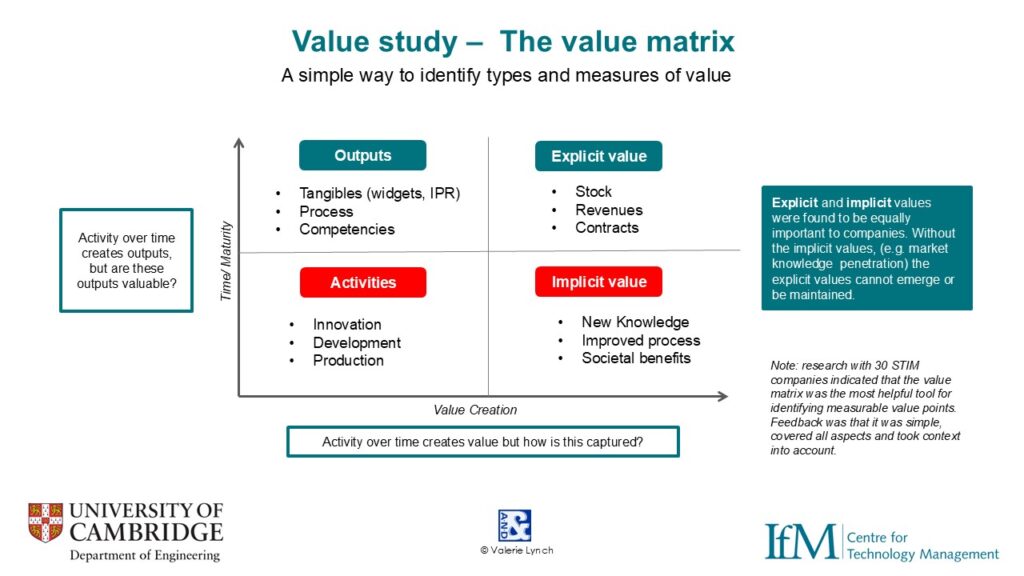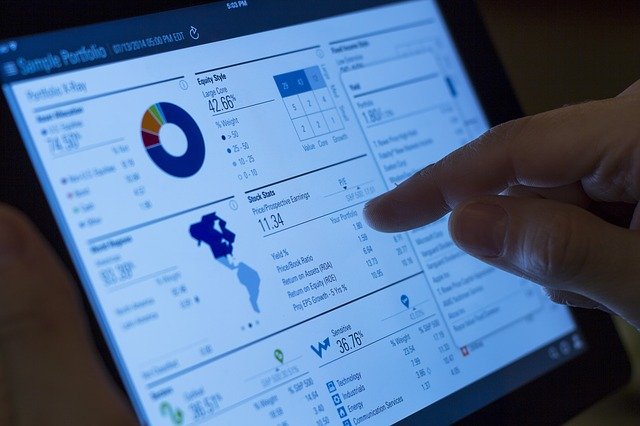The concept of innovation has been defined by the new ISO Innovation Management Standard 56001 as a “new or changed entity, realizing or redistributing value.” So, the question is very timely.
Here a number of experts give their views about how to value innovation.
Measuring Innovation to bridge the gap between firm and economic levels – David Stroll
While innovation is important at the firm level – it leads to better ways of working, of generating revenue or improving sustainability in a changing market – it is also makes a contribution at the economic value.
Innovation has long been considered one of the most important drivers of national economic growth. However national governments have little visibility of this activity as it happens at a firm level.
The ability to measure value created through innovation at a macro-level, would make it possible to assess to contribution of government policy to the stimulation of innovation and the value created by funding and investment.
David Stroll has been considering the latter challenge, he has worked with client companies over the last 20 years to see how it might be possible to bridge the gap between the firm level and the economic level, and to provide a consistent set of metrics that is based on internationally recognised methodologies.
He is proposing that ‘Total Factor Productivity’ (TFP), which is internationally understood, is applied at the firm level. He argues that by measuring the efficiency with which production units in the company can convert inputs to outputs would provide a measure of productivity, and this method could also be applied to innovation.
This work is very timely, as the BSI ISO 56001 Innovation Management System aims to provide a consistent language for the innovation process. Core to this is the measurement of progress against ‘intent’. For innovation to add value it needs to be aligned with an organisation’s strategic objectives.
David is just completing his PhD thesis but here gives a flavour of his thinking about the process which he is calling “Productivity Growth Accounting.”
How to value innovation in emerging technologies – Valerie Lynch
Valerie Lynch identifies a universal challenge for innovation managers in her paper: “Emerging technologies preserving and growing value over multiple innovation timelines.”
“The time lag between value generation and value capture can be considerable for emerging technologies. For those where market maturity is yet to be reached financial indicators may not be available. Therefore an alternative to financial measures is needed to inform decision making on further investment,” she observes.
To address this challenge she proposes the Value Matrix as a method of creating a narrative to describe the knowledge gained while a project is ongoing.
Measuring creativity – Giovanni Shiuma
Creativity is widely accepted as important to business and a requisite for innovation. There can be an assumption that it is something that can be managed and applied on demand.
Dr Giovanni Shiuma, questions this view of creativity ‘as a tool’ and suggests an alternative approach that positions it as a ‘competency or trait’ that should infiltrate an organisation.
In his book “The Value of Arts for Business’ he proposes a new perspective based on the ‘Arts Value Map’. This framework visually shows how the adoption of creative processes can affect business performance through the development of knowledge assets.

















